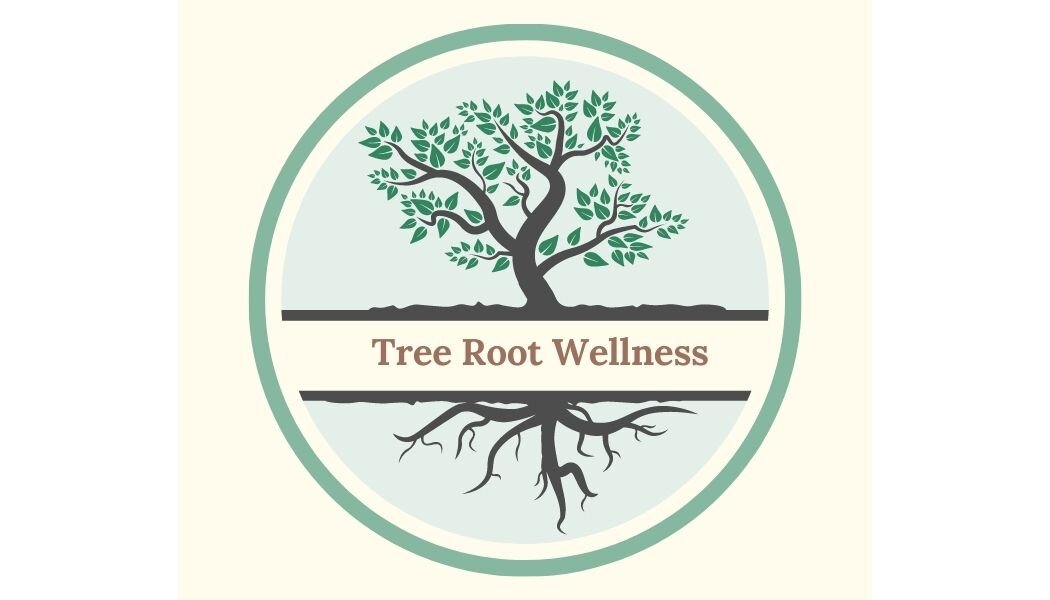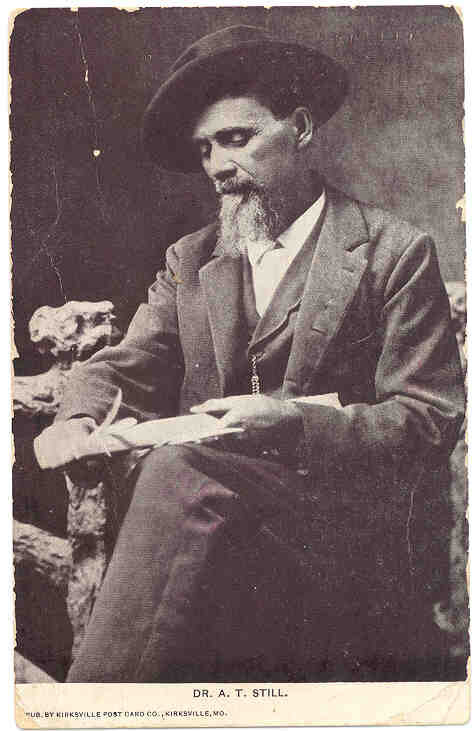Whole-Person Healing: A Family Legacy
“It appears perfectly reasonable to any person...who has familiarized himself with anatomy and its working with the machinery of life, that all diseases are mere effects, the cause being a partial or complete failure of the nerves to properly conduct the fluids of life.”
- Dr. Arthur Taylor Still, MD, DO ~ The founder of Osteopathic Medicine
I always knew that I came from a long line of Osteopathic doctors. My great-grandparents were It wasn’t until I began my study of Naturopathic medicine that I realized just how deeply the philosophy and practice of whole-person healing runs in my blood. As part of my medical training, I was introduced to the true essence of Osteopathic medicine while studying with Dr. Marcus Cornwall DO, a classic osteopath. I learned the Strain-Counterstrain Technique first developed by Dr. Lawrence Jones, DO in 1955 and was exposed to the key tenets of Osteopathic Medicine.
My Grandfather laughed when I called him, excited to share what I’d learned. We talked for some time that night about manipulations. “Just practice, practice, practice, that’s the key.” he told me. I took his advice.
Dr. Myron C. Beal, DO my Grandpa
Over time, my skill and understanding of the power of manipulations on restoring the body’s inclination toward self-healing, self-regulation, and health maintenance grew. I learned craniosacral therapy, myofascial release, and visceral manipulation with Moving Mountain Institute. The techniques proved, repeatedly, exceptional in treating chronic pain conditions. Through these osteopathic courses and clinical experience, I began to see and feel why this holistic, based medicine lives in my genes.
“Life is matter in motion”
~ Dr. Arthor Taylor Still, MD OD The founder of Osteopathic Medicine
Dr. A.T. Still, the founder of Osteopathic medicine, established the intrinsic healing properties of the body. Osteopathic medicine is based on aligning and supporting the skeletal structure to support the function of muscles and the movement of fluids through the body. Namely, blood, digestive, and cerebral fluids, which are the essence that nurtures and sustains the entire vitality of human life.
Breath of Life
In the mid-1900’s Dr. William G. Sutherland DO, a student of Dr. Still’s discovered the primary respiratory mechanism and established the basis and school of Cranial Osteopathic medicine and craniosacral therapy.
The focus of my practice at Tree Root Medicine is the brain, protecting and nurturing brain health and healing brain injury. Therefore, the principles and practices of Cranial Osteopathic protocols and manipulations are an important part of how I treat my patients.
The Osteopathic principles of treating the whole person, and the primary respiratory mechanism, or “Breath of Life”, as Dr. Bonnie Ginitus, DO refers to it, are important parts of my practice of Naturopathic medicine. They are also in direct alignment with my family’s healing legacy.
Dr. Arthur Taylor Still, a brief history
Osteopathic medicine teaches the practitioner to listen to the body and its movement. This approach to healing has been invaluable to me as a provider. Dr. Still pulled from his medical experience as a hospital steward and Captain during the Civil War and his esoteric experiences with the Shawnee Indian tribes he treated while his father was running the Wakarusa Shawnee Mission in Kansas. Dr. Still was also inspired by the life and work of German-Swiss physician Paracelsus. Specifically, his contributions spurred the rise of modern medicine by pioneering treatments using new chemical remedies, thus uniting medicine with chemistry.
Paracelsus was an alchemist, lay theologian, and philosopher, and physician. Like the renaissance man who inspired him, Dr. Still combined his physical knowledge of human anatomy, the ancient indigenous culture of the Shawnee Indians, and his intrinsic connections between observational medicine and scientific studies to create the practice and approaches of osteopathic medicine. Many of which show up in the practice and approaches of naturopathic medicine today.
Many Modern-day Osteopaths work as primary care physicians, with only about 5% of graduates practicing true osteopathic manipulation (OMT). The modern American medical system is not designed to support a truly whole-person approach to doctoring. According to Medscape Physician Compensation Report 2017, the average family practice doctor spends 13-16 minutes with a patient. Unlike a Naturopathic doctor who on average 60 to 90 minutes in standard appointments with patients.
The roots of Tree Root Medicine
As a Naturopath, I use osteopathic manipulations to address several conditions including chronic pain, any musculoskeletal condition, migraines, brain injuries, and neurological disorders. The approach is understanding that structure and function through movement impact our internal life force by addressing dysfunction through palpatory diagnosis we can impact a person’s internal disease process.
Just like my Grandpa, I use strain-counterstain, craniosacral, myofascial release, and visceral techniques to address dysfunction in the body. My Naturopathic and Shamanic training enables me to use these classic osteopathic manipulations to support patients working through emotional traumas. These techniques are gentle but powerful. Through these osteopathic techniques, I’m able to help patients re-learn their connection to their body’s natural tendency to breathe, move, and rest. Understanding your body sensations and awareness is key to success with both osteopathic and naturopathic medicine. Understanding and treating the whole-person is my family legacy, which I am happy and proud to accept and share with all of my patients.




